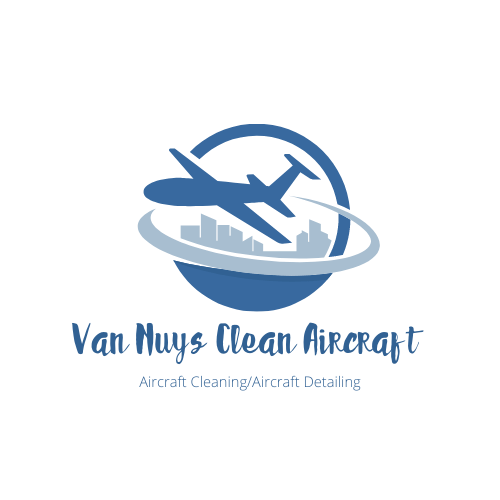Exterior Cleaning Services
Externior Cleaning
Protect and restore the finish of your aircraft with our expert exterior cleaning, compounding and polishing services. Exterior Services include:
- Exterior Wash
- Buff and Polish
- Waxing
- Brightwork
- De-Ice Boot Refurbishment
Overview of Aircraft Exterior Cleaning
Private aircraft exterior cleaning is a highly specialized service designed to protect high-value finishes, prevent corrosion, and enhance performance by removing contaminants like bugs, oil, exhaust residue, and environmental grime. Tailored for luxury jets, prop, and rotary wing aircraft, we prioritize non-damaging methods to preserve custom paint, highly polished metals, and high tech composite materials. Our cleanings occur between flights, periodically, or seasonally, depending on the demands the aircraft has been under. We use aviation-approved, eco-friendly products which fully comply with FAA standards and avoid issues like paint cracking or seal degradation. We utilize a a top-down, sectional approach which minimizes water spotting. Our drying methods are those preferred in water-restricted hangars for efficiency and reduced drying time.
Key Steps in the Exterior Aircraft Cleaning Process
The process follows a systematic sequence, often divided by aircraft zones. Below is a generalized step-by-step outline based on key industry standards:
Step
1. Pre-Wash Inspection and Preparation
2. Surface Cleaning (Wet or Dry
Wash)
3. De-Greasing and Spot Treatment
4. Polishing and Restoration
5. Rinsing and Drying
6. Final Inspection and Protection
Description
Inspect for damage (dents, scratches) and mask sensitive areas like lights, pitot tubes or sensors; remove loose dirt, debris and insects from the leading edges.
Apply solution to loosen dirt: wet for heavy soils (soap + low-pressure rinse), dry for light dust (spray and wipe). Agitate with soft tools.
Target belly, engines, and exhaust areas with degreasers to remove oil/grease; avoid high pressure near seals.
Buff oxidized paint or metal surfaces; apply sealant for UV protection. Use orbital tools for even coverage.
Deep clean or condition bespoke leathers/woods; steam fabrics for allergen removal. Spot-treat stains immediately.
Walk around for missed spots; optional wax for shine and corrosion resistance.
Key Areas / Tools
Checklists, masking tape, soft brushes for de-bugging.
Foam applicators, non-atomizing sprayers, microfiber mops.
Citrus-based degreasers, lint-free wipes.
Machine buffers, non-abrasive compounds.
Low-pressure hoses, compressed air blowers, absorbent towels.
UV lights for residue check, aviation wax applicators.UV lights for residue check, aviation wax applicators.
Cleaning by Specific Areas
- Fuselage and Paintwork: Gentle wash to remove oxidation; polish annually to maintain gloss and protect against UV damage.
- Wings and Leading Edges: De-bug first, then wet/dry wash; focus on corrosion-prone aluminum with non-abrasive polishes.
- Engines and Nacelles: Use specialized cleaners for soot/oil during overhauls; avoid water ingress with dry methods.
- Landing Gear and Belly: Heavy de-greasing for hydraulic leaks; steam or solvent wipes for hubs and struts.
- Tail and Empennage: Top-down rinse to clear exhaust streaks; metal polish for brightwork like stabilizers.
Tools, Products, and Best Practices
Our tools emphasize portability and precision: high-speed buffers for polishing, HEPA vacuums for debris, and electrostatic sprayers for even application. Essential products are pH-neutral and residue-free:
- Cleaners: AVIOKLEEN II for general soils, CITRIKLEEN for inhibitors, ENGIKLEEN for engines.
- Protectants: AVIOSHINE wax or ceramic sealants for long-term shine.
- Avoid: Ammonia-based cleaners (crack windows), abrasive pads (scratch paint), or high-pressure jets (>40 psi) near composites.
Our best practices include OEM guidelines adherence, eco-conscious dry washes in hangars, and using certified technicians.
For our owners, we integrate cleaning with detailing packages costing $300–$1,000 per session, which can extend paint life by 20–30%.
